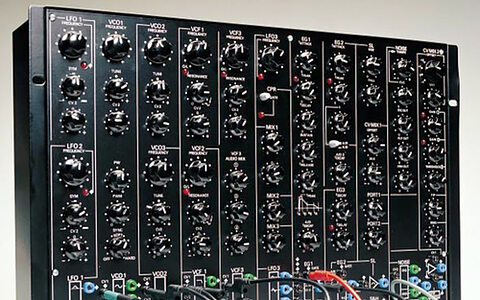
The Physics Of Percussion
In Part 1 we explained how the tones of most real instruments can be reduced to patterns of harmonics, which can be generated using sine, saw, square or pulse waveforms. This month, we consider the sonic raw materials needed to imitate unpitched percussion.









